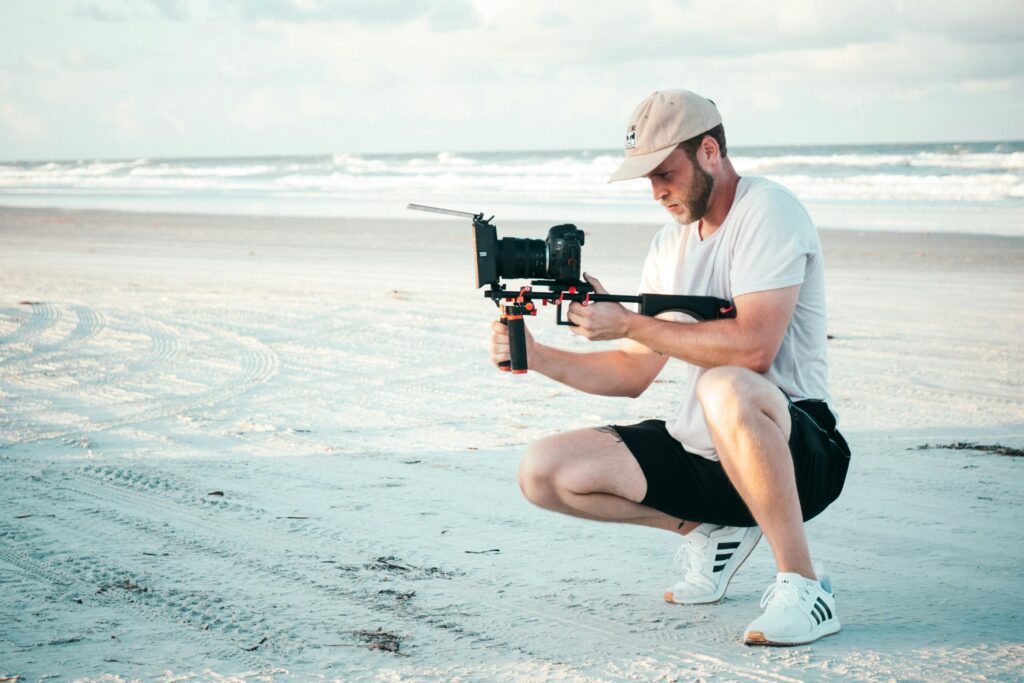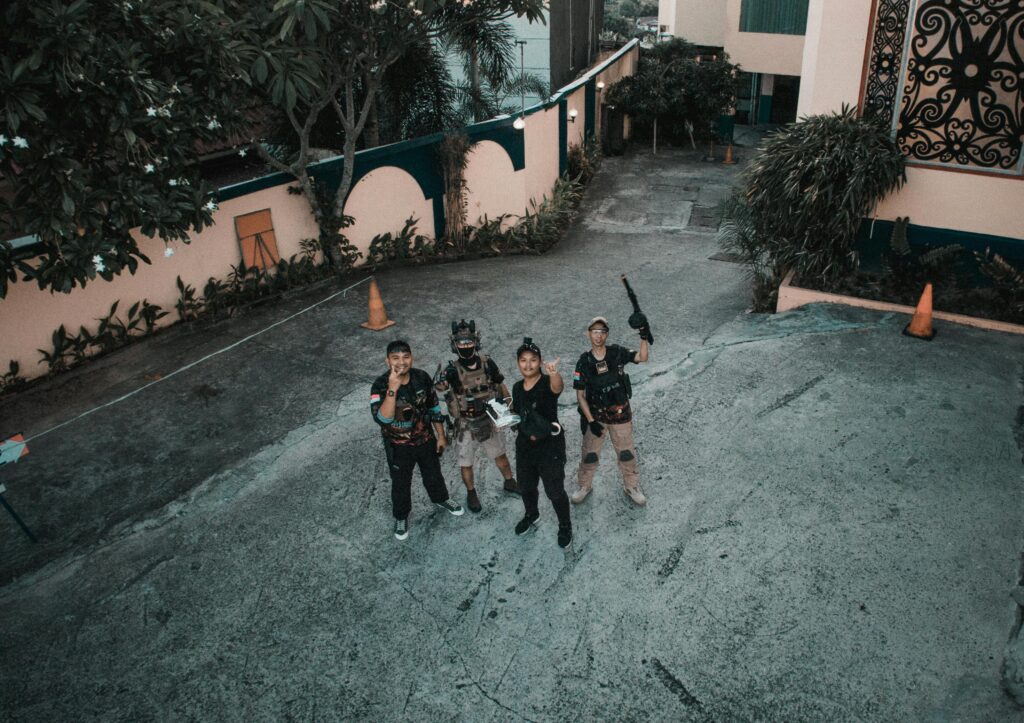A lot goes into making a movie look good, but one of the top things you need to consider are your film locations. Your location affects everything from how your movie looks, to how much it costs to produce, to how comfortable your cast and crew are. Regardless of if you’re planning to shoot in your own home or rent or borrow a space to film, here are a few things to keep in mind when you’re selecting film locations.
Budget
There’s a reason I put this first, and it’s because, in my opinion, this is one of the most important factor to consider when choosing film locations. All of us are balling on a budget–I’m going to go out on a limb and assume you don’t have hundreds of millions of dollars to make your indie movie–and so we need to be thoughtful about how much our locations cost.
If you’re working with a really low budget, it may be wise to only film in free locations. This could mean places like your home, the homes of your friends and family members, your local park, etc. You are welcome to reach out to different local businesses and see if they’ll allow you to use their space for free, especially if you give them a shout-out in the credits or on your website, but not everywhere will be able to work with you if you have a budget of zero dollars. People will be more likely to say yes if you offer to do things like film when they’re closed to the public, or if you can get your scene done in a short amount of time.
If you have some cash to spend on locations, price out different options on websites like Airbnb or Peerspace. Peerspace is great because the owners of the space are often expecting folks to film there. With Airbnb, you have to go through a slightly longer process, explaining to the host what you want to do and getting them to sign a location release. Some hosts may charge you more for filming than they would if you were just spending the night there, so don’t see a nightly price and assume you can afford it; actually reach out and ask. Like I mentioned before, local businesses may let you film in their space for a fee.

Comfort and ease
Shoot days can be incredibly long and exhausting, so you should always put the comfort of your cast and crew first. When considering filming locations, there are a few factors you need to juggle to see if something is the right fit.
- Lighting. Your DP will be way happier with you if you consider the natural light of your filming location. If you’re able, check out the space during different times of day to see when the best light is. This might not be possible if you’re renting a space, so check out listing photos and note things like window placements.
- Sound. So often, we overlook sound, but this department is truly the unsung heroes of film. Is your location next to a busy road? A babbling brook? A playground that’s full of children? Does a yappy dog live next door? Try to gather all the information you can before locking in a location. Check in with your sound department about what they can work around, and what might make their job more difficult.
- Amenities. Do your filming locations have bathrooms? What about private spaces for actors to change costume? Is there a green room for crew members to take breaks? A space for meals? Is there a fridge and microwave? What about easy parking? Cell reception? Where are the outlets?
- Distance. How far are your cast and crew having to travel to get to the location? If it’s too far, folks may need you to put them up in a hotel for the duration of filming. This can seriously impact the budget. Think about how far everyone will have to travel–including yourself–and factor that into your decision making process. The perfect location may be 100% worth paying to put everyone up, but that’s ultimately up to you and your budget. On the flip side, if you live in an expensive area, you may actually save money by filming in a cheaper location.

Aesthetics
It goes without saying that you want your location to read well on camera. If you’re a producer, work closely with the director to find a space that aligns with their vision, and then rely on set design to make it even better. I already mentioned considering the lighting, but that’s important to factor in at this stage, too. Things like the colors and shapes that are visible in each shot can really impact the overall feel of your movie. Maybe you really want a remote farmhouse, or maybe your ideal location has pink walls, or maybe you need a space that an artist might live in, or a wooded, outdoor area. Be thoughtful about each element of your potential film location. Remember, it’s okay to adjust your artistic vision if you don’t find a space that aligns perfectly with your original goals, and it’s always a good idea to bring in simple decor items like art, throw pillows, curtains, and small furniture pieces to change up the feel of the space.
Permission
It’s very basic, but oh-so-important to remember, you need permission to film in whatever space you’re using. You should have a signed release form in hand before you ever show up to a location. We have a standard release form that we’ve designed to be as approachable as possible, but you should find or create one that works for your needs. Make sure you have thoroughly discussed this with the person you’re renting from ahead of time. Different states and countries have different requirements for filming in public spaces, so make sure you understand the local policies even if you’re filming somewhere like a national or state run park. We see the appeal of guerrilla-style filming–it’s a lot less work on the pre-production end of things–but there can be serious consequences for filming without permission, from the cops getting involved at the time to potential investors and distributors dropping out later down the road.
Do you have a process for choosing film locations? What are the most important factors you consider? Send us a message with any tips and tricks you have. Happy location scouting!

Leave a Reply